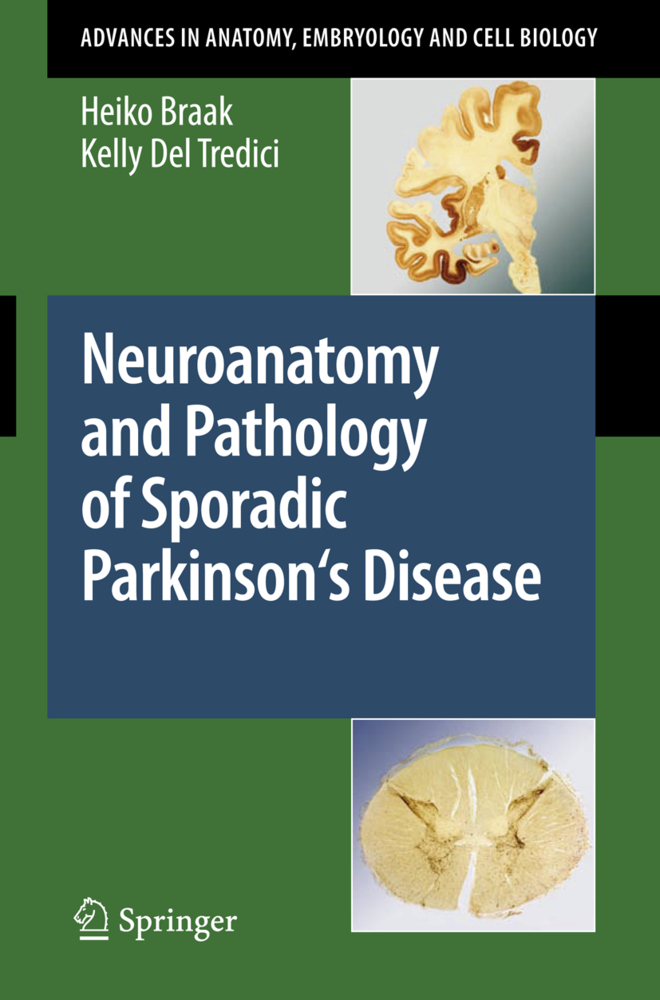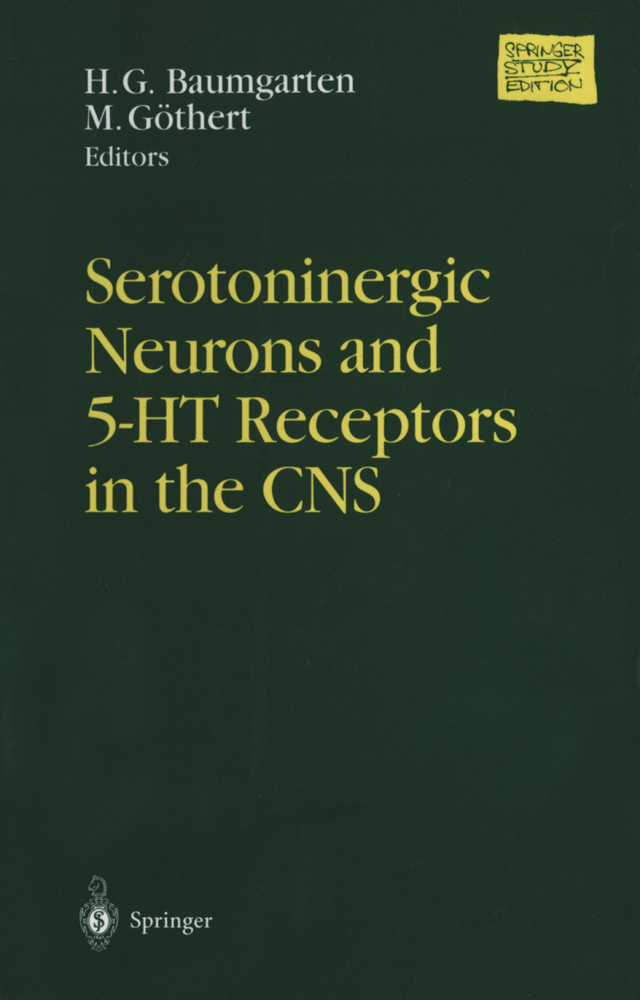Neuroanatomy and Pathology of Sporadic Parkinson's Disease
The synucleinopathy sporadic Parkinson's disease (sPD) is the second most frequent degenerative disorder of the human nervous system after Alzheimer's disease. The propensity for developing sPD exists in all ethnic groups worldwide, and the prevalence of the disorder increases considerably with age, thereby imposing an enormous social and economic burden on societies with increased life expectancy. The sPD-associated pathological process is progressive, does not go into remission, and can take decades to reach its culmination if it is not be terminated prematurely by death owing to other causes.
Against the background of the normal morphology and anatomy, the authors analyze the pathoanatomy of sPD in the nervous system at various neuropathological stages and summarize the potential functional consequences of the lesions.
Prologue
Morphology of Lewy PathologyThe Evolving Distribution Pattern of Lewy Pathology Associated with sPD Renders Neuropathological Staging Possible
Stage 1
Stage 2
Stage 3
Stage 4
Stages 5 and 6
The Progression of the Cortical Lesions Mimics the Pattern of Myelination in Reverse Order
The Staging Hypothesis: Assumptions, Challenges, Potential.
| ISBN | 978-3-540-79849-1 |
|---|---|
| Artikelnummer | 9783540798491 |
| Medientyp | Buch |
| Copyrightjahr | 2009 |
| Verlag | Springer, Berlin |
| Umfang | VII, 119 Seiten |
| Abbildungen | VII, 119 p. 29 illus. in color. |
| Sprache | Englisch |











